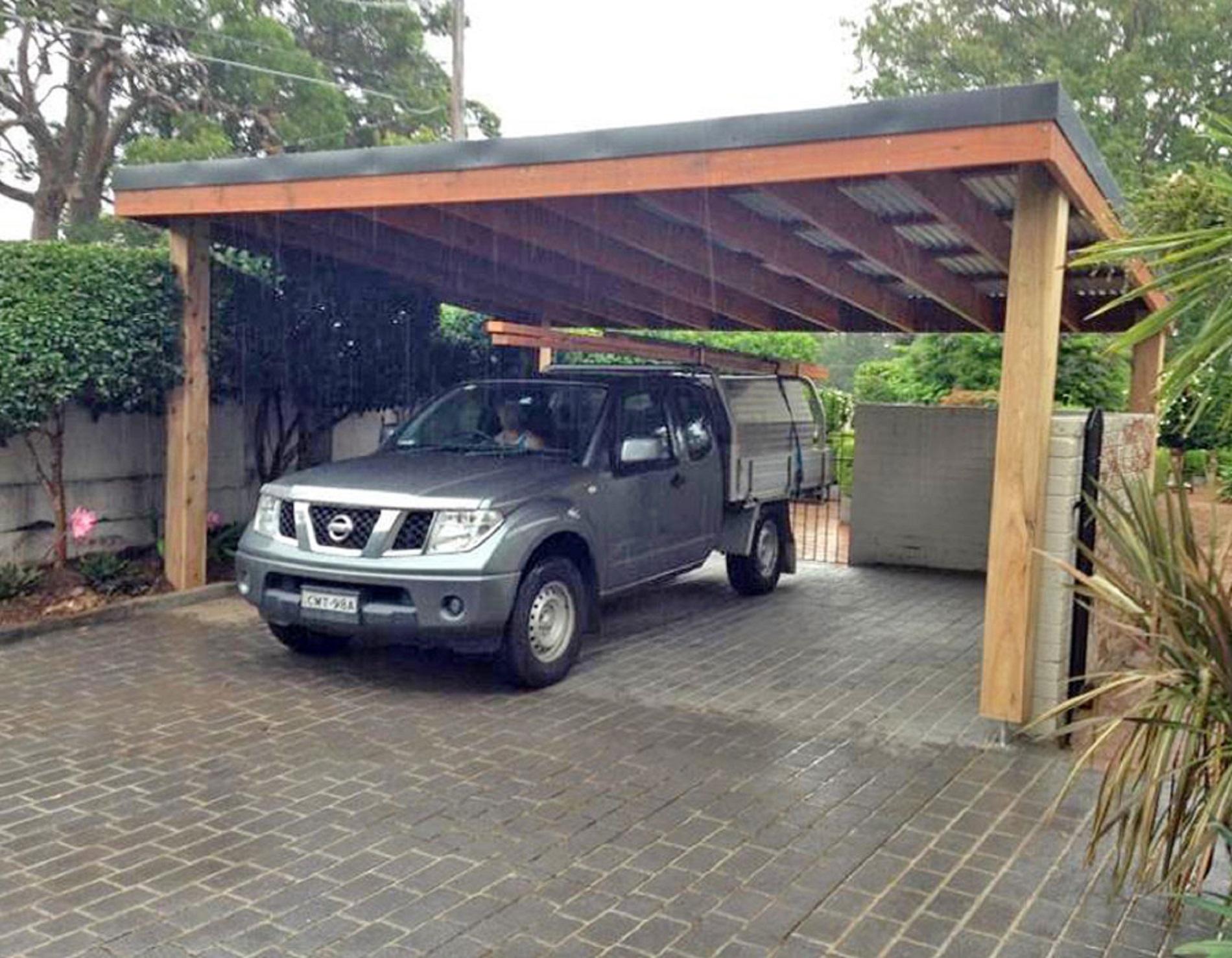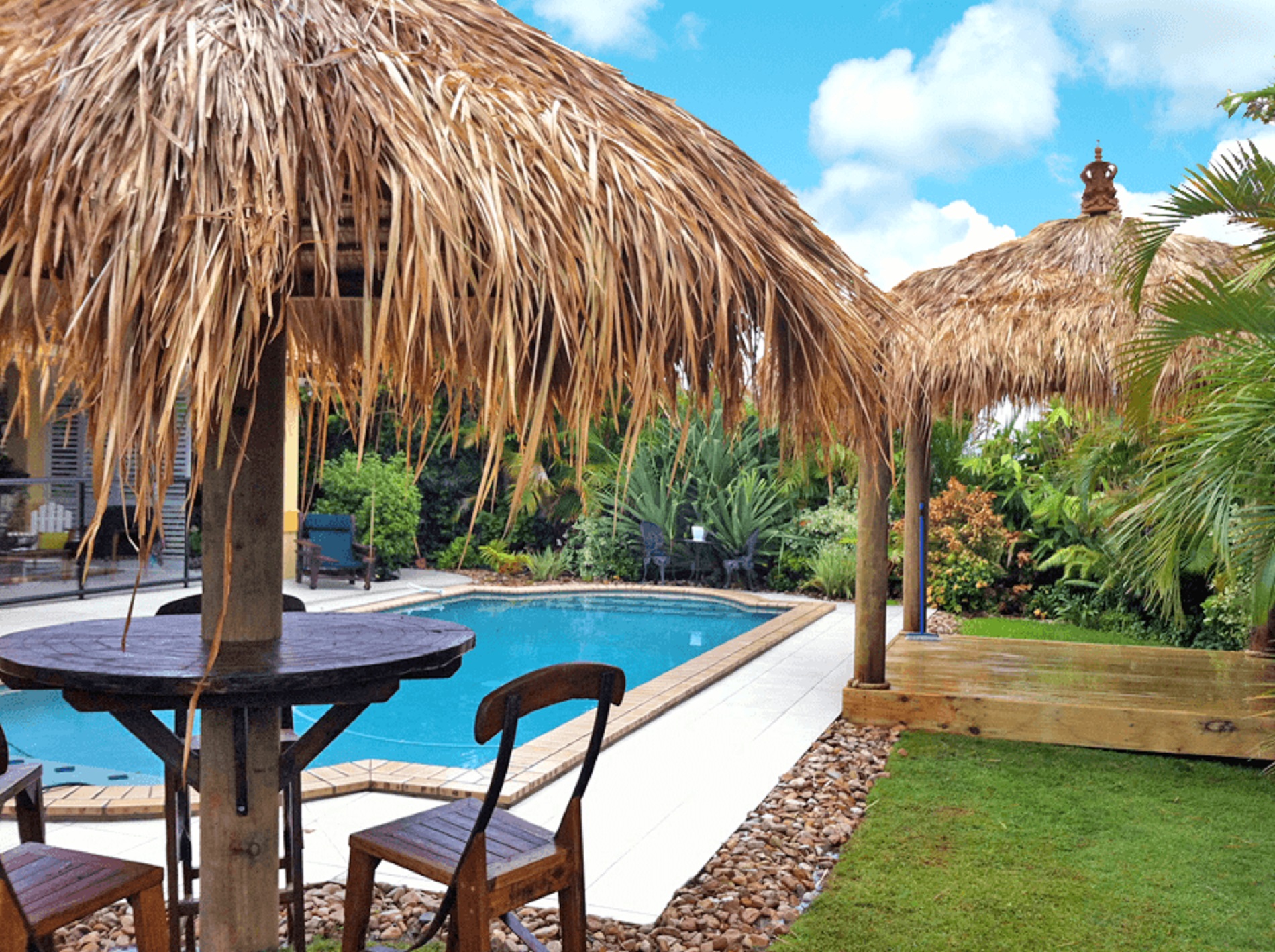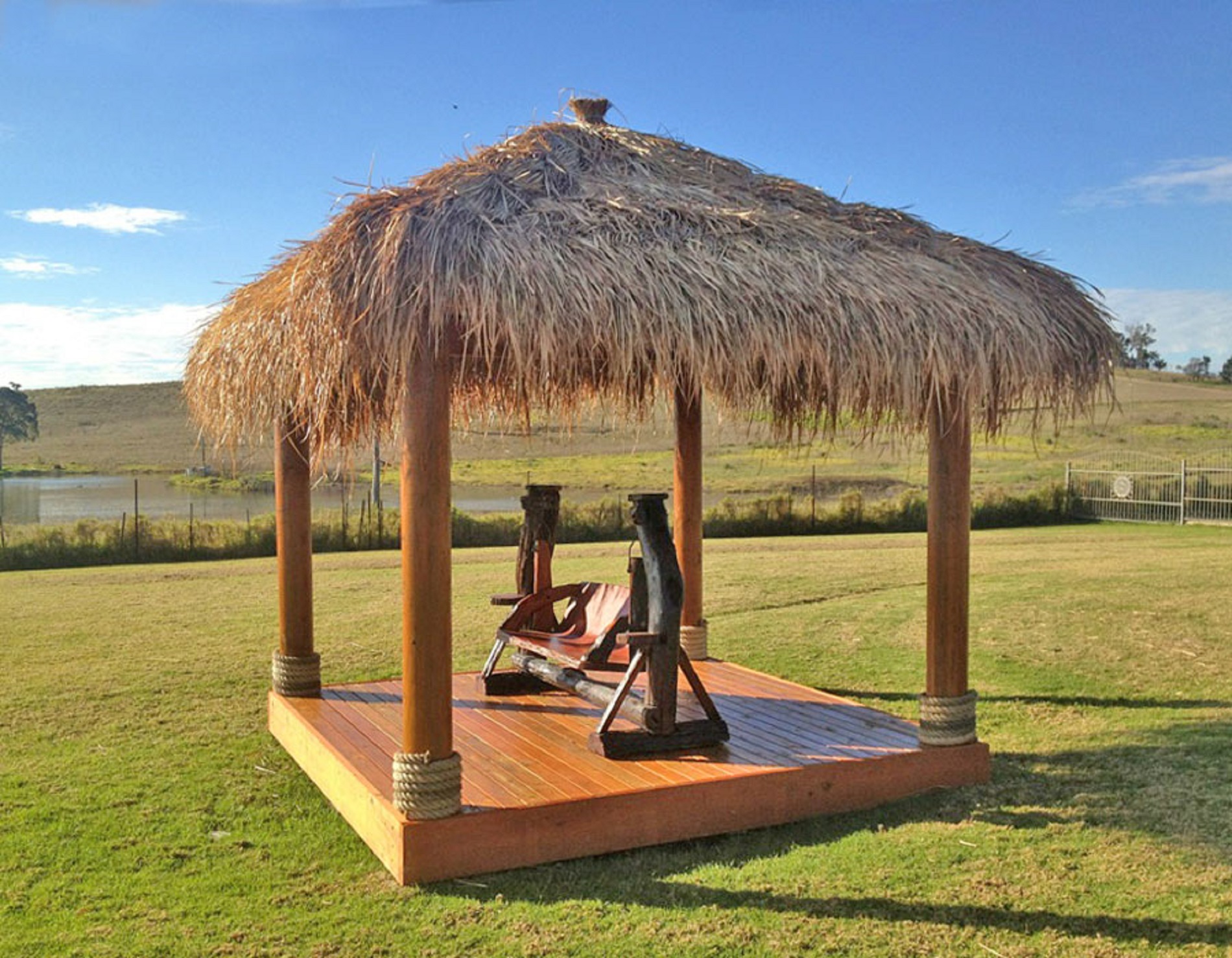Pergolas and Bali huts are two top options when considering structures to enhance your backyard. Both serve as excellent additions for outdoor entertainment, relaxation or storage needs. But, some critical differences between pergolas and Bali huts are essential before deciding which is best for your space.
This article outlines the significant differences between pergolas and Bali huts regarding style, size, construction, aesthetics, etc. This information lets you decide which backyard structure fits your needs and design vision.
Styles and Atmosphere
Regarding style and atmosphere, pergolas and Bali huts offer different aesthetics. Pergolas feature clean, contemporary designs with straight lines and a rectangular shape. This sleek, minimalist look works well for modern backyards. Pergolas also make a sophisticated statement as a carport or shade structure.
Meanwhile, Bali huts aim to recreate a tropical, vacation-style atmosphere. Their structures emulate the traditional thatched-roof huts in Bali resorts, with details like woven banana leaf panels. Bali huts bring a breezy, exotic vibe perfect for creating a backyard oasis.
 Size Options
Size Options
Regarding size, pergolas and Bali huts come in comparable size ranges to suit different needs. Pergolas cover large, rectangular footprints with simple post and beam construction. They can span 5 to 7 meters wide to shade expansive patio areas for entertaining. Pergolas work well to delineate wide walkways or dining spaces with ample overhead shelter.
Bali huts are better suited for smaller, more intimate spaces like over a conversation set or single table. They come in “umbrella” sizes ranging from 2×2 to 4×4 meters. These modest dimensions are ideal for shading a dining set or accentuating a cozy lounging corner.
Pergolas maximize shade over wide rectangular spaces, while Bali huts create an ambience for defined lounging and dining zones. Select the size and proportions that best suit your outdoor furniture layout.
Roofing
A critical difference between pergolas and Bali huts lies in the roofing material. Pergolas features a skillion roof made of sleek colour bond steel. This industrial material provides an ultra-modern look with straight, clean lines. Colorbond steel comes in a range of colours to complement your space. It is also waterproof and durable against the elements.

Both roofing materials offer waterproofing to keep your space dry. The colorbond steel roofing on pergolas provides a contemporary charm, while the thatched roofing on Bali huts offers old-world tropical allure.
Complementing Backyard
When deciding on a pergola or Bali hut, it’s essential to consider how the structure will complement your existing backyard. With their straight, symmetrical lines, Pergolas naturally pair well with modern, minimalist outdoor furniture and decor. The contemporary pergola aesthetic works nicely against stone or tile patios.
Tropical Bali huts call for decor with hints of the tropics. Rattan furniture, bold prints, and leafy plants like palms or philodendrons enhance the exotic vibe. Thatched roofs and bamboo accents fit nicely into gardens striving for an Indonesian paradise motif.
Consult a professional designer to ensure your pergola or Bali hut enhances your backyard layout. They can assess your space and suggest seamlessly incorporating your chosen structure.
Comparing Waterproofing
When it comes to waterproofing, both pergolas and Bali huts excel at keeping your space dry. Pergolas are constructed using the highest grade colour bond steel and fastening materials. This results in a sturdy, durable structure, allowing water to slide off the roof surface. You’ll stay perfectly dry beneath a pergola, even in rainy conditions.
Bali huts utilize a 30-degree pitch roof and an 8-10-year waterproof guarantee. The thatched alang-alang material is woven to shed water away efficiently. And the steep-angled roof prevents pooling or leakage over time.

When comparing pergolas versus Bali huts, some main differences involve the style, size, roofing, and aesthetics. Pergolas offer a modern, contemporary look using sleek colour bond steel, while Bali huts provide a tropical vibe with natural thatched grass roofs.
Ultimately, pergolas and Bali huts are excellent investments for enhancing your outdoor living space. Carefully consider your needs to choose the best option for your lifestyle.
Visit Aaron’s Outdoor to view stylish, durable pergolas and Bali huts to fulfil your backyard vision.
 Size Options
Size Options




